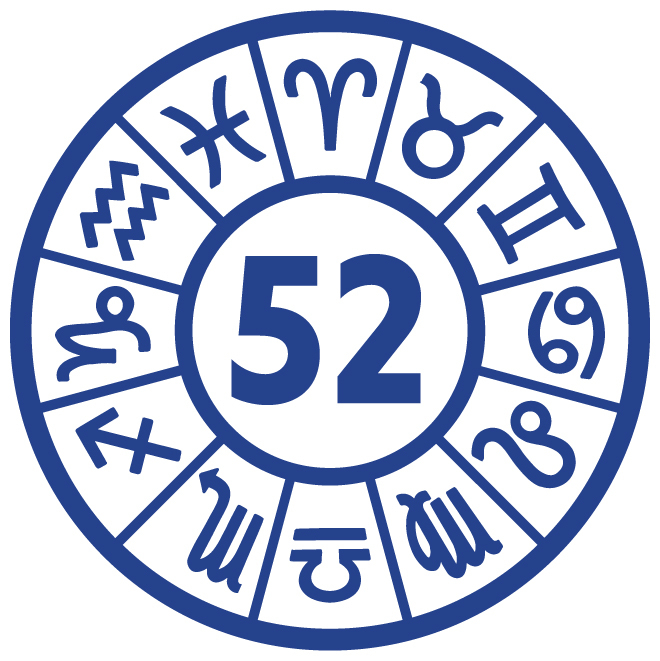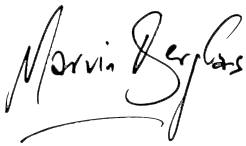Come on in
Welcome to a peek behind the doors of The Magic Circle, the world’s most famous magic society.
Whether you are here at our headquarters or visiting us virtually, as a member, fellow magician or muggle, we hope this will give you a taste of the history and evolution of The Magic Circle and our prime position in the history of magic itself.
These 52 objects – and the magicians associated with them – are just a fraction of the magic paraphernalia in our unique collection.
If you’re a visitor, we hope this brief tour will whet your appetite sufficiently to want to learn more about us and maybe even come see one of our shows in person and if you are a magician perhaps you are thinking of joining us?
If you are lucky enough to be here in person, you’ll spot our chosen objects as you explore our building, recently named the UK’s Most Iconic Magic Venue. When you have viewed an object just scroll to the top of the page and hit the symbol in the right hand corner to return to the full menu of 52 objects.
We hope you enjoy your tour.



